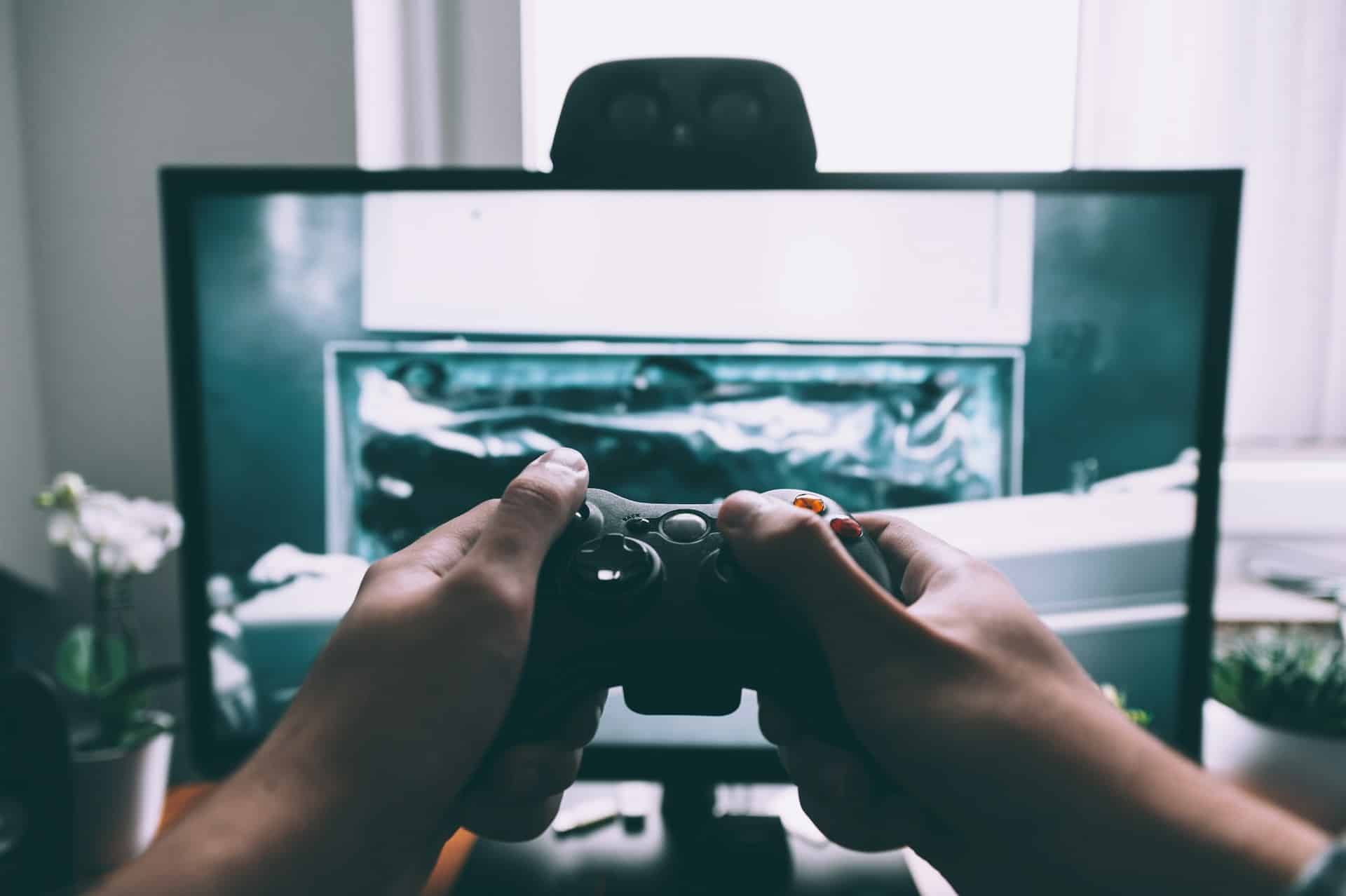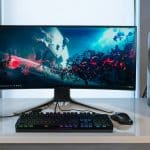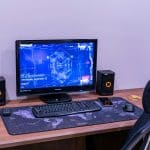Mixed reality headsets are rapidly changing the landscape of the gaming industry. As we stand on the brink of a new dawn in entertainment, the integration of virtual reality (VR) and augmented reality (AR) into gaming has introduced both exciting opportunities and significant challenges. Developing games for mixed reality (MR) headsets, like the HTC Vive and Oculus, demands a fusion of cutting-edge technology, creative game design, and intuitive user experience. This article delves into the multifaceted challenges developers face while creating immersive and engaging gaming experiences in the mixed reality market.
The Intersection of Reality and Virtual Worlds
Creating games for mixed reality headsets involves blending the real world with the virtual world. Unlike traditional gaming, where players are confined to a screen, MR games allow players to interact with both real and virtual elements simultaneously. This dual engagement introduces a plethora of design and development challenges.
Lire également : How can game studios implement effective project management practices for large-scale game development?
Firstly, the design of MR games must account for the unpredictability of the player’s physical environment. Unlike traditional games, where the environment is completely controlled by the developer, MR games must adapt to the user’s actual surroundings. Developers need to create content that can seamlessly integrate into various physical spaces, ensuring that users can navigate and interact without any disruptions. This involves sophisticated real-time mapping and spatial awareness technologies, which are still evolving.
Moreover, the integration of virtual and real elements demands a high level of precision and realism. The virtual objects must appear and behave as if they are part of the real world. This requires advanced graphic design, physics engines, and hardware capabilities. For example, a virtual ball in an MR game should roll on the floor, bounce off walls, and interact with real objects just like a real ball would. Achieving this level of realism is a significant challenge, as it involves complex calculations and simulations.
A lire aussi : How can developers optimize AI pathfinding for large, open-world environments?
User Experience and Motion Sickness
One of the most critical aspects of MR game development is ensuring a comfortable and enjoyable user experience. However, motion sickness and simulator sickness remain significant hurdles. When the visual information from the headset does not match the body’s sense of movement, users can experience nausea, dizziness, and discomfort.
To mitigate these issues, developers need to focus on optimizing the motion and interaction mechanics. This includes designing intuitive and natural movement controls, minimizing latency, and ensuring a smooth and consistent frame rate. Moreover, extensive user testing is crucial to identify and address any factors that may contribute to motion sickness.
Another aspect of user experience is the headset design itself. Mixed reality headsets must be comfortable to wear for extended periods. They need to be lightweight, well-balanced, and adjustable to fit different head sizes. Moreover, the display quality plays a crucial role in providing an immersive experience. High resolution, wide field of view, and minimal screen-door effect are essential for creating a high-quality visual experience.
The Complexity of Game Design and Development
The development of MR games involves a complex interplay of game design, hardware, and software. Developers must leverage the capabilities of the headsets while ensuring compatibility across different devices and platforms. This requires a deep understanding of both the technical and creative aspects of game development.
One of the primary challenges is creating immersive experiences that can engage players in a meaningful way. This involves crafting compelling narratives, designing interactive environments, and developing engaging gameplay mechanics. Unlike traditional games, MR games must provide a sense of presence and immersion, making players feel like they are truly part of the virtual world.
Moreover, the development process requires extensive testing and iteration. Developers need to continuously test their games on different headsets and in various physical environments to ensure optimal performance and compatibility. This can be a time-consuming and resource-intensive process, as it involves identifying and addressing a wide range of issues, from hardware limitations to user feedback.
The Role of Technology and Innovation
The development of MR games is driven by technological advancements and innovation. The capabilities of mixed reality headsets, such as the HTC Vive and Oculus, continue to evolve, offering new possibilities for game development. However, keeping up with these advancements and integrating them into the development process can be challenging.
One of the key areas of focus is the development of advanced tracking and mapping technologies. These technologies enable the headsets to accurately track the user’s movements and map their physical environment in real-time. This is crucial for creating an immersive and interactive experience, as it allows the virtual elements to seamlessly integrate with the real world.
Moreover, developers need to leverage augmented reality technologies to enhance the gaming experience. AR allows virtual objects to interact with real-world elements, providing a more dynamic and engaging experience. However, developing AR capabilities requires specialized knowledge and skills, as it involves complex algorithms and data processing.
Another important aspect is ensuring compatibility with different hardware and software platforms. Developers need to create games that can run on various headsets and devices, while maintaining a consistent level of quality and performance. This requires extensive testing and optimization, as well as a deep understanding of the capabilities and limitations of different technology platforms.
Long-term Viability and Market Trends
As the mixed reality market continues to grow, developers must consider the long-term viability of their games. This involves staying updated with the latest trends and advancements in the reality market, as well as anticipating future developments and challenges.
One of the key trends in the MR market is the increasing demand for high-quality and immersive experiences. Users are looking for games that offer a deep sense of presence and engagement, as well as a high level of realism and interactivity. To meet this demand, developers need to continuously innovate and push the boundaries of what is possible in MR gaming.
Moreover, the market is becoming increasingly competitive, with more developers entering the space and offering a wide range of games and experiences. To stand out in this crowded market, developers need to focus on creating unique and compelling content that can capture the attention of players.
Another important consideration is the hardware and technology landscape. As new headsets and devices are introduced, developers need to ensure that their games are compatible and optimized for these platforms. This requires staying updated with the latest advancements and trends in the hardware and software markets, as well as continuously testing and optimizing their games for different devices.
Developing games for mixed reality headsets presents a unique set of challenges and opportunities. From the integration of real and virtual worlds to the complexity of game design and development, developers must navigate a multifaceted landscape to create engaging and immersive gaming experiences.
Ensuring a comfortable and enjoyable user experience, mitigating motion sickness, and leveraging technological advancements are critical to the success of MR games. Moreover, staying updated with the latest trends and advancements in the reality market is essential for long-term viability and competitiveness.
As the mixed reality market continues to evolve, developers who can innovate and push the boundaries of game development will be well-positioned to capitalize on the growing demand for high-quality and immersive experiences. By addressing the challenges and leveraging the opportunities presented by mixed reality, developers can create games that truly captivate and engage players in ways that were previously unimaginable.
In conclusion, the development of MR games is a challenging yet rewarding endeavor that requires a deep understanding of both the technical and creative aspects of game development. With the right approach and a focus on innovation, developers can create immersive experiences that redefine the future of gaming.










